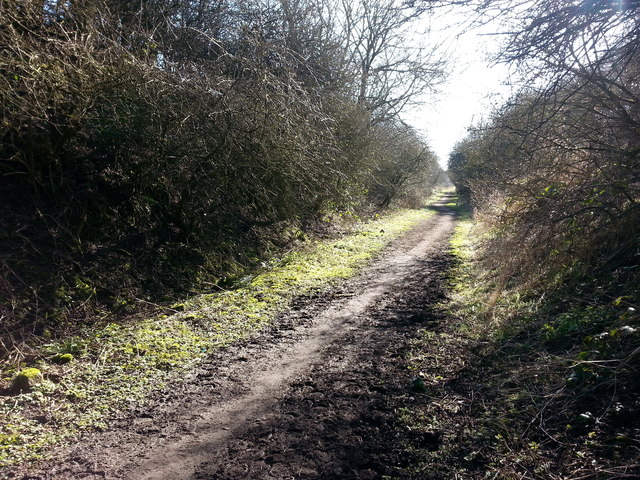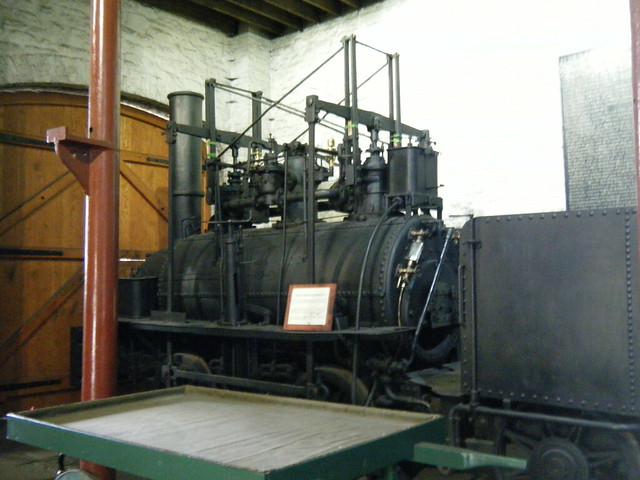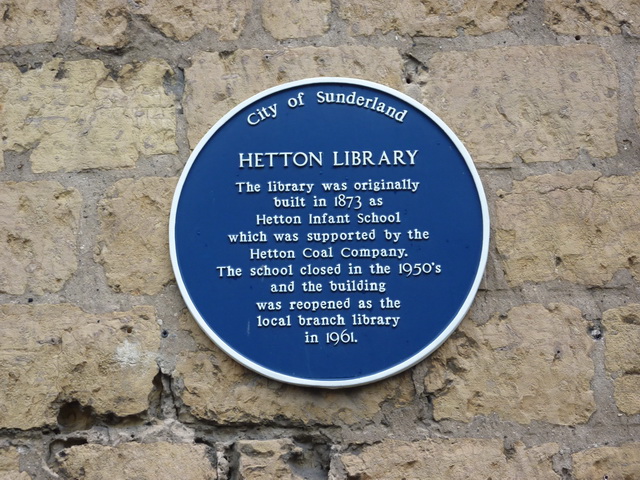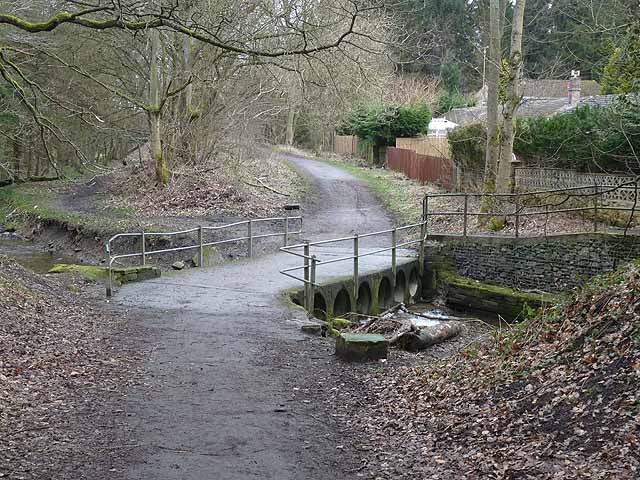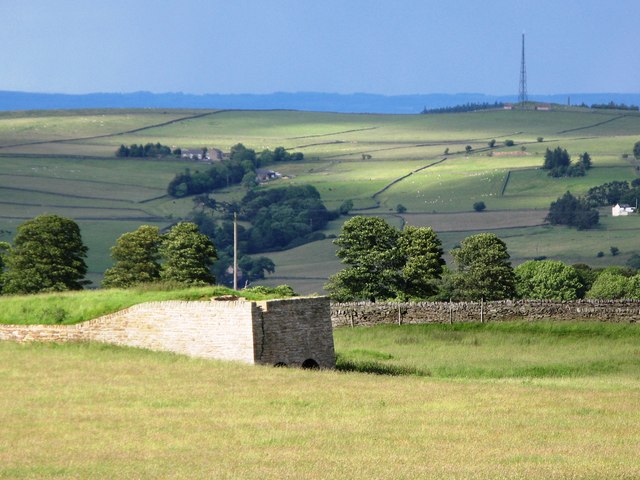Topics > Tyne and Wear > Sunderland > Hetton-le-Hole > Hetton Colliery Railway
Hetton Colliery Railway
The Hetton colliery railway was an long private railway opened in 1822 by the Hetton Coal Company at Hetton Lyons, County Durham, England. When it closed in 1959 it was the oldest mineral railway in Great Britain.
History
The Hetton was the first railway to be designed from the start to be operated without animal power, and was George Stephenson's first entirely new line. It ran from Hetton Colliery, about two miles south of Houghton-le-Spring, to a staithe (wharf) on the River Wear.
From 1831, the Marquis of Londonderry had developed the Rainton and Seaham Railway, a similar rope-worked incline railway which ran from West Rainton to his newly developed docks at Seaham. However, after the line closed in 1896, the Hetton Railway bought the section which ran from its Moorsley Pit to the top of the Copt Hill engine, and integrated it into its workings.
After Lambton Collieries merged with Hetton Collieries in 1911, the companies merged their railway operations, and the still rope incline-worked Hetton system was merged with the locomotive-operated Lambton Railway. The company additionally connected Lambton staithes to the Hetton staithes within the Port of Sunderland.
In 1947 control of the line passed to the new state-owned National Coal Board. Because extraction of coal from this area had been concentrated at the Hawthorn Combined Mine (adjacent to the former Durham and Sunderland Railway), the Hetton system closed on 12 September 1959. A further spate of closures occurred in 1967 with Lambton Staithes being closed in January and the line to Pallion closing in August of the same year.
Locomotives
The first five locomotives were built by Stephenson between 1820 and 1822, as a development of those at Killingworth: 0-4-0 types with chain-coupled wheels. Four of them had names: Hetton, Dart, Tallyho and Star.
They incorporated his steam springs in an attempt to compensate for the reaction to the vertical cylinders which had caused previous locomotives to rock excessively, and were not entirely successful. For a while a section of the line was an inclined plane operated by stationary engines. The 1822 engine however continued in service until 1912, being rebuilt in 1857 and 1882, and is now preserved in the Shildon Locomotion Museum.
The Company acquired limited liability in 1884 and later built two more locomotives, Lyons and Eppleton, 0-4-0T, gear driven, with vertical boilers.
Tunnel
The line had a tunnel 1533 yards long.
Gauge
The line had Stephenson's standard gauge of which he had used before at the Killingworth wagonway and was in use at the Wallsend Waggonway
Visit the page: Hetton colliery railway for references and further details. You can contribute to this article on Wikipedia.

from https://commons.wikimedia.org…
Hetton colliery railway, 1826
- Public Domain image c/o Wikimedia Commons, from The American Farmer, 1826.
Added by
Simon Cotterill
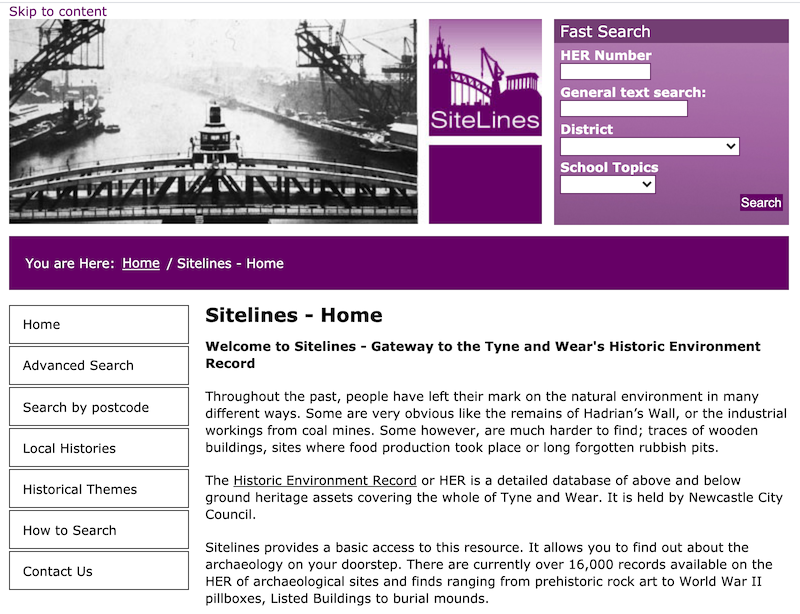
from http://www.twsitelines.info/S…
Tyne and Wear HER(2848): Hetton Company's Railway
- "The northern end of The Hetton Company's Railway line was at the Hetton Drops (HER ref. 2808). There were two Coal Depots (HER ref. 2818 and HER ref. 2850) in …
Added by
Simon Cotterill
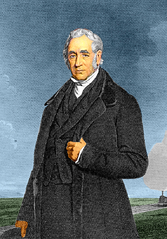
Co-Curate Page
George Stephenson (1781 - 1848)
- Overview Detailed Information George Stephenson was a famous engineer and inventor, considered to be "father of the railways". He was born in Wylam in Northumberland on 9th June 1781. In 1814, Stephenson …
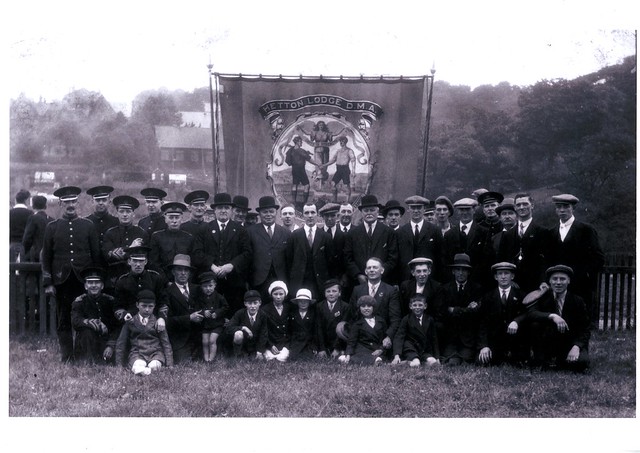
Co-Curate Page
Hetton Lyons Colliery (1822 - 1950)
- Hetton Lyons Colliery was opened in 1822 by Hetton Coal Co. (later Lambton, Hetton & Joicey Collieries Ltd.). The Hetton Colliery Railway was developed by George Stephenson to transport coal from the colliery …


from https://commons.wikimedia.org…
Hetton colliery railway, 1826
- Public Domain image c/o Wikimedia Commons, from The American Farmer, 1826.
Added by
Simon Cotterill

from http://www.twsitelines.info/S…
Tyne and Wear HER(2848): Hetton Company's Railway
- "The northern end of The Hetton Company's Railway line was at the Hetton Drops (HER ref. 2808). There were two Coal Depots (HER ref. 2818 and HER ref. 2850) in …
Added by
Simon Cotterill

Co-Curate Page
George Stephenson (1781 - 1848)
- Overview Detailed Information George Stephenson was a famous engineer and inventor, considered to be "father of the railways". He was born in Wylam in Northumberland on 9th June 1781. In 1814, Stephenson …

